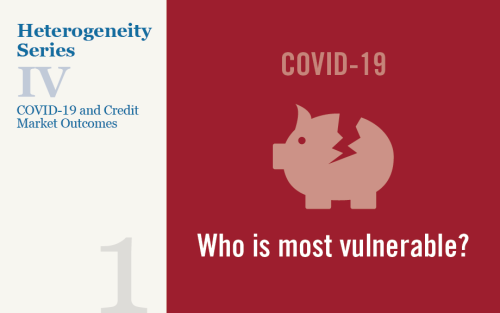Are Financially Distressed Areas More Affected by COVID‑19?
Rajashri Chakrabarti, William Nober, and Maxim Pinkovskiy

Building upon our earlier Liberty Street Economics post, we continue to analyze the heterogeneity of COVID-19 incidence. We previously found that majority-minority areas, low-income areas, and areas with higher population density were more affected by COVID-19. The objective of this post is to understand any differences in COVID-19 incidence by areas of financial vulnerability. Are areas that are more financially distressed affected by COVID-19 to a greater extent than other areas? If so, this would not only further adversely affect the financial well-being of the individuals in these areas, but also the local economy. This post is the first in a three part-heterogeneity series looking at heterogeneity in the credit market as it pertains to COVID-19 incidence and CARES Act debt relief.










 RSS Feed
RSS Feed Follow Liberty Street Economics
Follow Liberty Street Economics